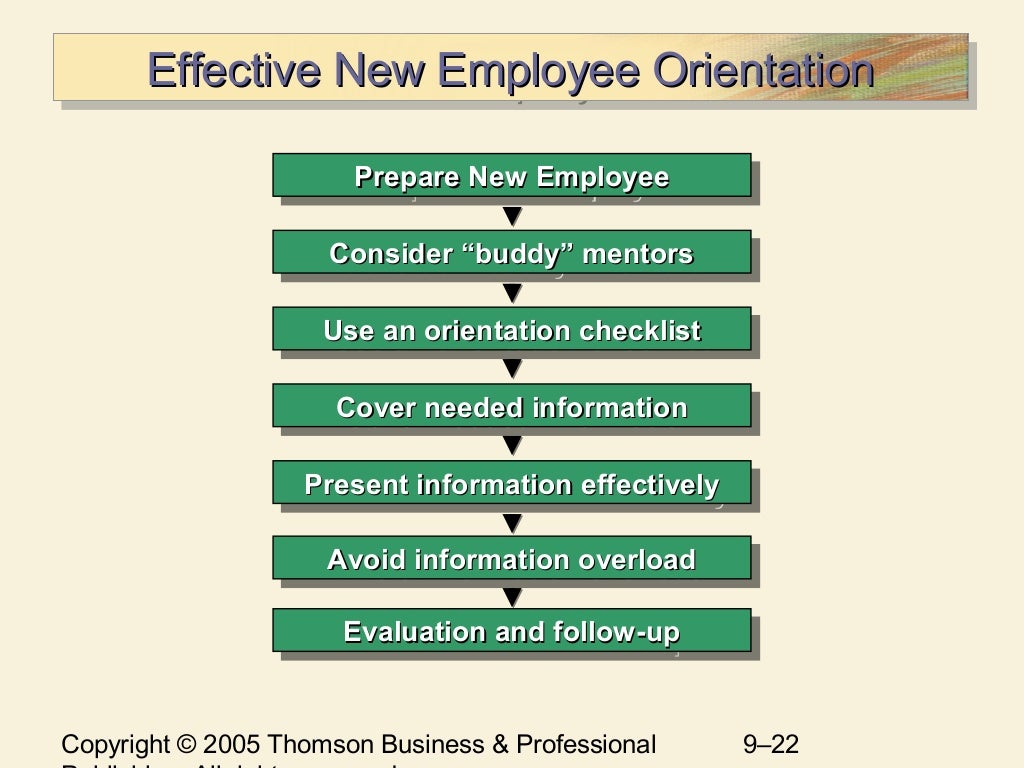
Let's look at each area in more detail and consider what fits where, and what questions you could ask as part of your data gathering. Then, every time you identify a Strength, Weakness, Opportunity, or Threat, write it down in the relevant part of the SWOT analysis grid for all to see. Instead, gather a team of people from a range of functions and levels to build a broad and insightful list of observations. What threats do your weaknesses expose to you?Īvoid relying on your own, partial understanding of your organization. How can you turn your strengths into opportunities? What are others likely to see as weaknesses? Where do you have fewer resources than others? (Figure 1 shows what it should look like.) Each section is headed by some questions to get your thinking started.
Selecting human resources terjemahan dari free#
So, make the task easier and more effective by arranging your four lists together in one view.ĭraw up a SWOT Analysis matrix, or use our free downloadable template.Ī SWOT matrix is a 2x2 grid, with one square for each of the four aspects of SWOT. You'll find yourself moving back and forth between your lists frequently. And if you compare these lists side by side, you will likely notice connections and contradictions, which you'll want to highlight and explore. SWOT analysis involves making lists – but so much more, too! When you begin to write one list (say, Strengths), the thought process and research that you'll go through will prompt ideas for the other lists (Weaknesses, Opportunities or Threats).


If you use it carefully and collaboratively, it can deliver new insights on where your business currently is, and help you to develop exactly the right strategy for any situation.įor example, you may be well aware of some of your organization's strengths, but until you record them alongside weaknesses and threats you might not realize how unreliable those strengths actually are.Įqually, you likely have reasonable concerns about some of your business weaknesses but, by going through the analysis systematically, you could find an opportunity, previously overlooked, that could more than compensate. SWOT Analysis can help you to challenge risky assumptions and to uncover dangerous blindspots about your organization's performance. We also include a worked example and a template to help you get started on a SWOT analysis in your own workplace.
Selecting human resources terjemahan dari how to#
In this article, video and infographic, we explore how to carry out a SWOT analysis, and how to put your findings into action.


In either case, the wisest action you can take in response will become clearer once you've discovered, recorded and analyzed as many factors as you can. So some of these factors will be within your control and some will not. SWOT can also uncover areas of the business that are holding you back, or that your competitors could exploit if you don't protect yourself.Ī SWOT analysis examines both internal and external factors – that is, what's going on inside and outside your organization. SWOT Analysis is a tool that can help you to analyze what your company does best now, and to devise a successful strategy for the future. SWOT stands for Strengths, Weaknesses, Opportunities, and Threats, and so a SWOT analysis is a technique for assessing these four aspects of your business.


 0 kommentar(er)
0 kommentar(er)
